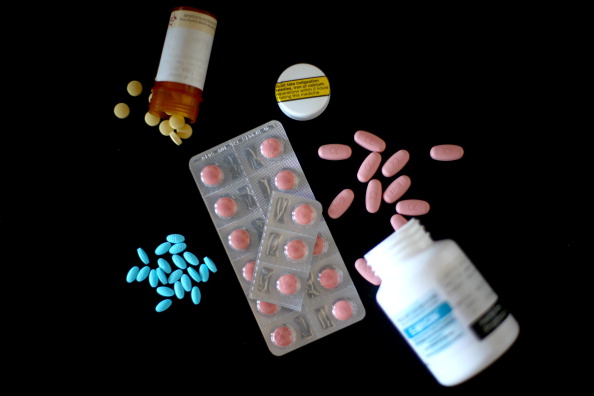
Parents, here's some good news. Based on a new report, the number of emergency visits due to unsupervised medication intake of children has declined substantially over the last 3 years since 2010.
The Centers of Disease Control and Prevention (CDC) conducted a study, led by researcher Maribeth Lovegrove, on ER visits among children and their possible causes.
For the study, Lovegrove and her colleagues used a sample obtained from a government-funded surveillance system. Patients were admitted between 2004 and 2013.
Based on the data, they discovered that there was a sharp rise of ER admissions and visits as children gained access on medications, most probably from the medicine cabinets. From around 54,000 in 2004, it went up to 76,000 6 years after. However, from 2010 until 2013, the trend then went down until only 60,000 were admitted in 2013.
The researchers attributed the downward trend on the more improved and safer packaging of these drugs. For example, they already have child-resistant caps, which would make it more difficult for children to open the bottle. Many pills these days are also packed in single doses while more are placed in bottles with adequate labeling and warnings for parents.
Despite the good news, the same report also shared bad news: more children are sent to the ER due to adverse reactions on medicines provided by their parents or caregivers. The same study cites that within the same period, medicine exposure rose from 47,000 to a little more than 70,000. Some of the known reactions are rashes, difficulty in breathing, and drowsiness.
According to the report, it's possible that the increase was due to the overvigilance of parents-that is, they preferred bringing their kids to the ER than to the doctor. Another probability is the non-responsiveness of the virus that may be causing the illness to the drugs or the increased use of medicine in the household.
